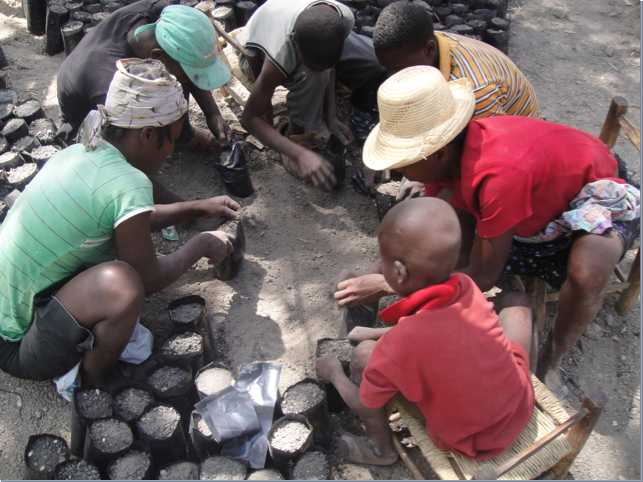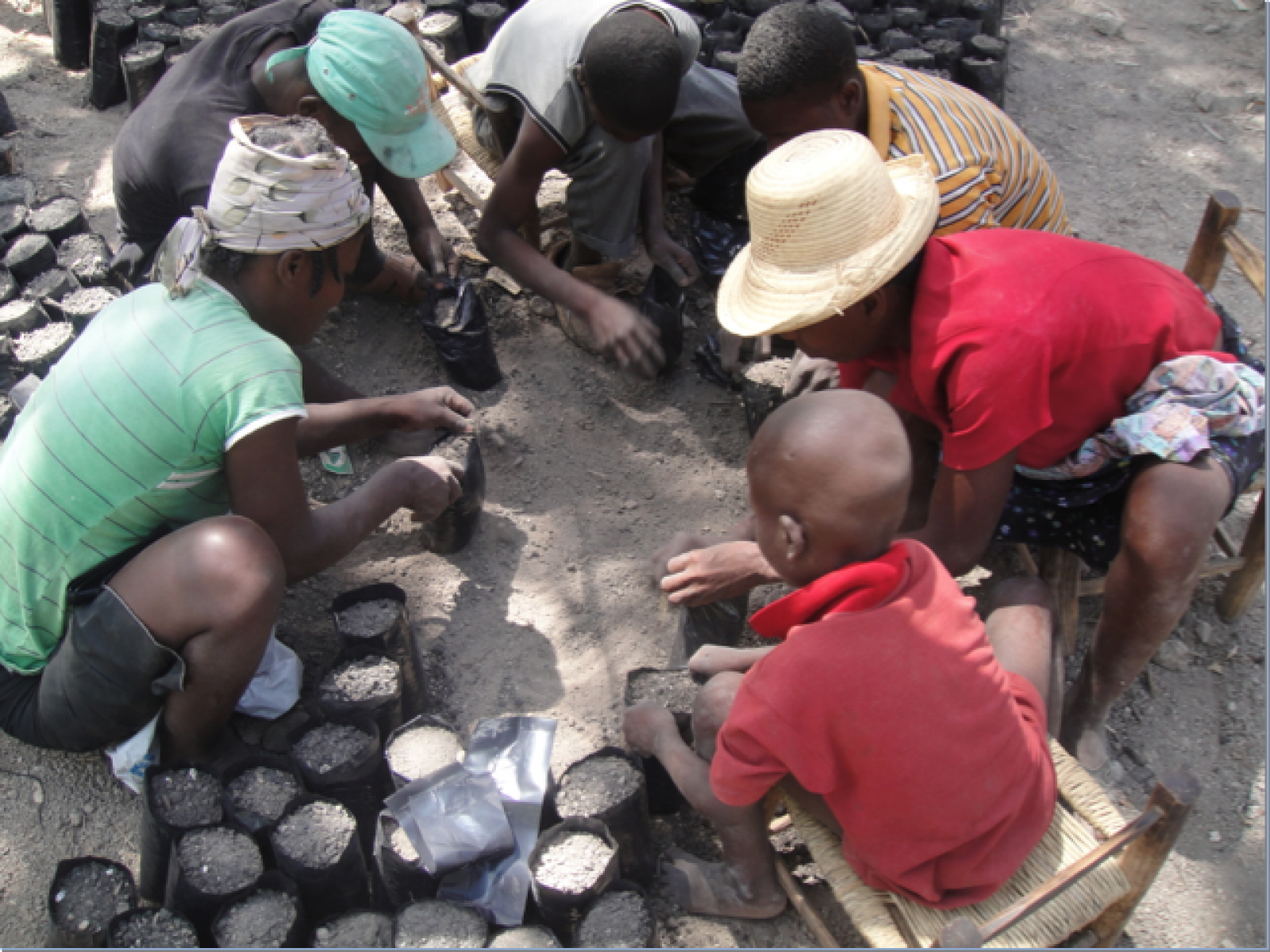An Overview Of Our Solution
- Population Impacted:
- Continent: North America
Organization type
Population impacted
Size of agricultural area
Production quantity
People employed
Describe your solution
Describe your implementation
External connections
What is the environmental or ecological challenge you are targeting with your solution?
Describe the context in which you are operating
Haiti is experiencing an alarming deterioration in its environment, which accelerated in the early 1960s and became critical from 1985 onwards. Today, forest cover is estimated at less than 2%. In this context, TERRE DES JEUNES accompanies the efforts of villagers whose roadmap plans to increase forest cover up to 5% in the space of five years.
How did you impact natural resource use and greenhouse gas emissions?
Language(s)
Social/Community
Water
Food Security/Nutrition
Economic/Sustainable Development
Climate
Sustainability
For smallholder farmers in drylands, a failed harvest can mean months of malnutrition and hardship. "Conventional" crops are often not native and require expensive inputs, significant irrigation and land preparation in order to produce a successful harvest.
This means that they are more vulnerable to droughts. Trees, on the other hand, often survive when other crops fail. In this case, economic sustainability is based on production and market-based revenues
Return on investment
Entrant Image

